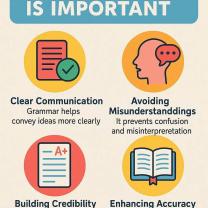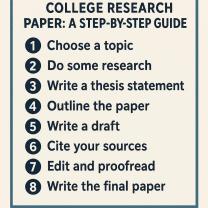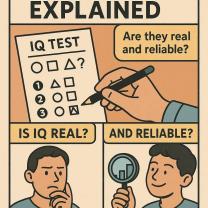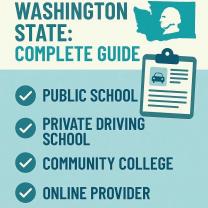How to teach alphabet letters sounds to ESL students?
Teaching alphabet letter sounds to ESL (English as a Second Language) students can be an important foundational step in their language learning journey. Here are some effective strategies to help ESL students learn letter sounds:
Phonics Instruction:
- Start with phonics, which is the method of teaching reading and writing by focusing on the sounds of letters.
- Teach the basic letter sounds (phonemes) of English. Use visual aids like flashcards or posters to associate each letter with its corresponding sound.
Phonemic Awareness Activities:
- Engage students in phonemic awareness activities that focus on recognizing and manipulating individual sounds. For example, you can have students listen for the initial sound in words or identify words that rhyme.
Alphabet Songs and Rhymes:
- Use catchy songs and rhymes that emphasize letter sounds. Many ESL educational resources include songs that are both fun and educational.
Multisensory Activities:
- Incorporate multisensory learning experiences. For example, you can have students trace the shape of letters while saying their sounds or use tactile materials like sandpaper letters.
Interactive Games:
- Create interactive and engaging games that reinforce letter sounds. Examples include bingo, memory matching games, or alphabet puzzles.
Letter-Sound Associations:
- Encourage students to make associations between letters and sounds. For instance, you can show a picture of an object that starts with a specific letter and have students repeat the sound.
Use Realia:
- Introduce real objects or images that represent letter sounds. This helps make the connection between letters and the real world.
Contextual Reading:
- Incorporate letter sounds into reading activities. As students progress, help them sound out simple words and sentences.
Letter Sound Drills:
- Conduct regular drills where students practice pronouncing letter sounds. You can use flashcards or have students take turns saying the sounds.
Consistent Practice:
- Consistency is key. Ensure that students have frequent opportunities to practice and reinforce letter sounds.
Interactive Technology:
- Use educational apps and online resources designed for teaching letter sounds. These often include interactive games and exercises.
Individualized Support:
- Recognize that different students may progress at different rates. Provide individualized support and extra practice for students who need it.
Positive Reinforcement:
- Offer positive reinforcement, praise, and rewards to motivate and encourage students as they learn letter sounds.
Progress Monitoring:
- Continuously assess students' progress to identify areas that may need additional focus and adjust your teaching approach accordingly.
Remember that learning letter sounds is a gradual process, and patience is essential. Tailor your teaching strategies to the needs and interests of your ESL students, and make learning letter sounds an enjoyable and interactive experience.












